Expo 2020 Dubai: Nature, sustainability on display at the ASEAN Member States’ pavilions
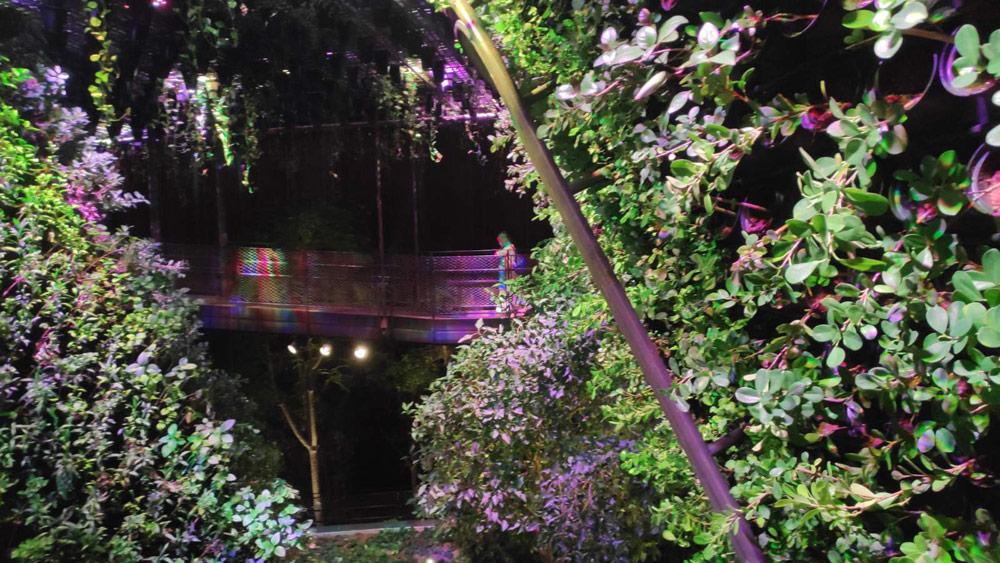
Dubai, United Arab Emirates — At the Expo 2020 Dubai, the member states of the Association of Southeast Asian Nations (ASEAN), including the Philippines, are showcasing on world stage their best and what is uniquely their own: nature.
Visitors have been coming in droves as the World Expo finally opened to the public in October, after it was rescheduled due to the COVID-19 pandemic. The 4.38-square kilometre site in the south of Dubai has transformed into a global spectacle with 192 nations putting on display their colourful and cutting-edge pavilions.
With the theme “Connecting Minds, Creating the Future,” the Expo 2020 Dubai is divided into three districts under sub-themes: Opportunity, Mobility, and Sustainability.
Held once every five years, this is the first World Expo held in the Middle-East, Africa and South Asia (MENASA) region.
The ASEAN sees the Expo 2020 Dubai as a global platform to establish lasting connections with the rest of the world. It has its own pavilion showcasing stories about region’s success and cooperation.
“As the world is focused on economic and social recovery, Expo 2020 presents an incredible and timely opportunity for nations to build on existing relationships and inspire further collaboration with partners from around the world,’’ said Lee Yoong Yoong, Director for Community Affairs of ASEAN Secretariat and ASEAN Commissioner-General at Expo 2020 said in a video message.
On December 13, the ASEAN will host the ASEAN’s “Honor Day” and take over the Expo site to deliver a celebration of the region’s culture and creativity, with a day filled with dance, music and performances. This will include an immersive projection on the Al Wasl Dome, a parade, and a flag raising ceremony.
The ASEAN countries’ pavilions are definitely a must-see. Common among the country pavilions is the spotlight given to its magnificent natural resources that sustain socio-economic growth and human development.
Philippines
Shaped like a coral reef — or Bangkóta in the ancient Filipino vernacular — the Philippine pavilion evokes a profound emotional experience that connects humanity and nature.
Said to depict the Filipino culture that “embraces openness, meaningful encounters, and connectivity,” the pavilion’s architectural design and exhibitions are piquing the interests of many expo goers.
Philippine Ambassador to the UAE, H.E. Ambassador Hjayceelyn 'Joy' Quintana said the Bangkota’s architectural structure is a tangible expression of the concept of the Philippines being touted as the “centre of the centre of marine biodiversity” with its Verde Island Passage, a 10-mile wide strait teeming with marine life, deemed one of the most productive ecosystems in the world.
“Having seen how our Pavilion evolved from conceptualisation to the finished structure standing before us, I continue to be amazed at how the richness of our seas corresponds to the boundless talent, creativity and intelligence of the Filipino people, and how these have come together manifested in this structure we call the Bangkota,” Quintana said.
The mesh material of the pavilion represents permeability, representing the Filipino people's capacity to absorb ideas and cultures, to assimilate, and at the same time, to share and contribute to the world.
Visitors may also have a taste of Philippines’ cuisine at the Mangrove Cafe, a homegrown restaurant that serves authentic Filipino food.
Brunei Darussalam
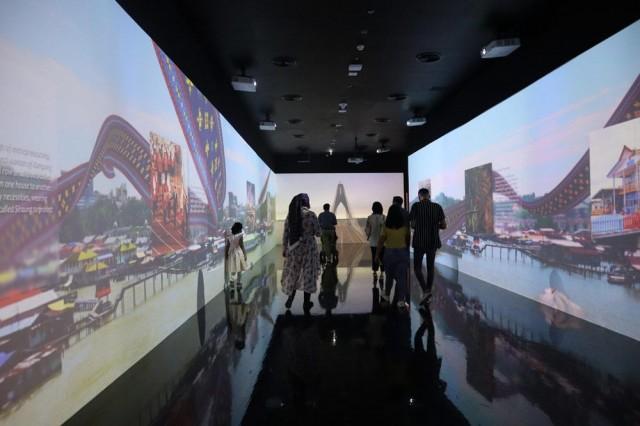
With its three-dimensional visual effects, Brunei Darussalam’s pavilion brings visitors to Southeast Asia’s longest bridge, the iconic Temburong Bridge, which Expo goers can walk through, before they get into the country’s lush forests.
Throughout the country, the natural vegetation is tropical evergreen rainforest. Forest covers 81% of the total land area.
The pavilion also boasts the country’s Belait district, where you can find the Belait Swamp Forest, a 5,000 hectare-tract of forested land in the Belait District of Brunei in north-western Borneo, along with home-grown coffee, fruit farms, and paddy fields.
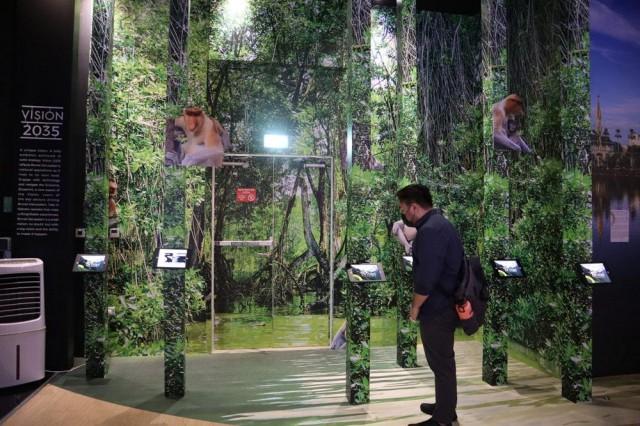
The pavilion also invites its visitors to take a peek of its great naturescapes, including the Teraja Waterfalls, where one can enjoy its pristine pools and the sight of thriving species, such as butterflies, spiders, Borneo gibbon, and slow loris.
Cambodia
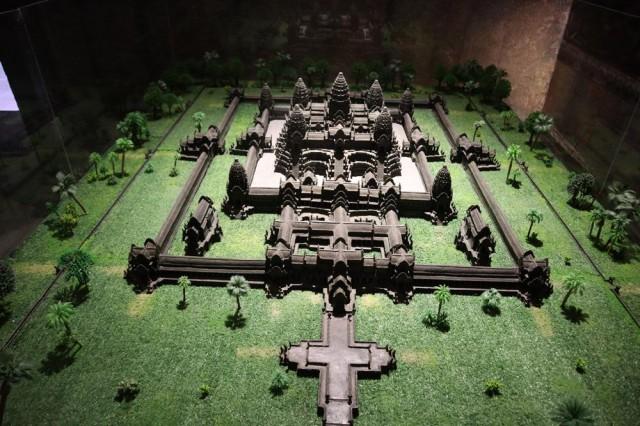
Cambodia’s pavilion, located at the Sustainability District of the expo, prides the country’s ancient architecture, industries, and natural wonders.
The two-storey Cambodian national pavilion was designed according to the Khmer style — a fusion of key historical eras, including pre-Angkorian, Angkorian, Longvek or Oudong, and Chaktomuk or current Phnom Penh, according to Cambodia’s Ministry of Commerce.
In one area, visitors are treated to the sight and sound of the country’s seascapes as if they are on an actual beach.
Indonesia
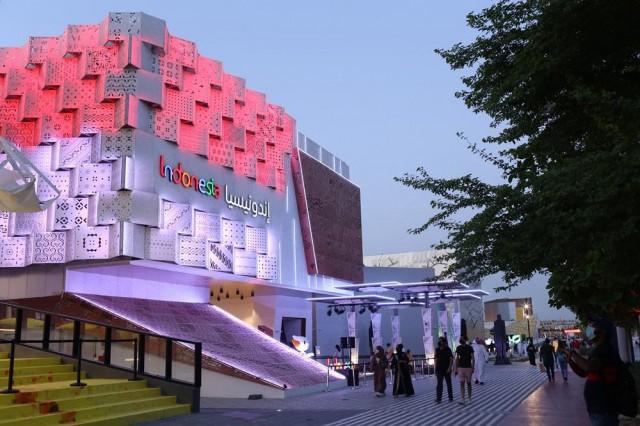
Indonesia’s pavilion allows visitors to experience its vibrant culture and rich natural heritage. And through the colorful and dazzling displays, its potential global partnerships and emerging technologies.
One of the megadiverse countries in the world, Indonesia wows the world with its biodiversity and rich natural wonders. In the first week of the Expo, Indonesia’s pavilion adopted the theme of “Biodiversity and Digitalization of Micro, Small, and Medium Enterprises (MSMEs),” featuring several top products made from coconut, coffee, spices, and bamboo.
With innovation, Indonesia is taking steps to create a future-ready nation, while committing to sustainability.
"Visitors at the Indonesia Pavilion at the 2020 Dubai Expo could catch a glimpse of Indonesia by experiencing and witnessing its civilization, development, and opportunities. This is important, as we aim to showcase Indonesia's important role in global development in the past, present, and the future," Indonesia’s Trade Minister Muhammad Lutfi said in a statement.
Lao PDR
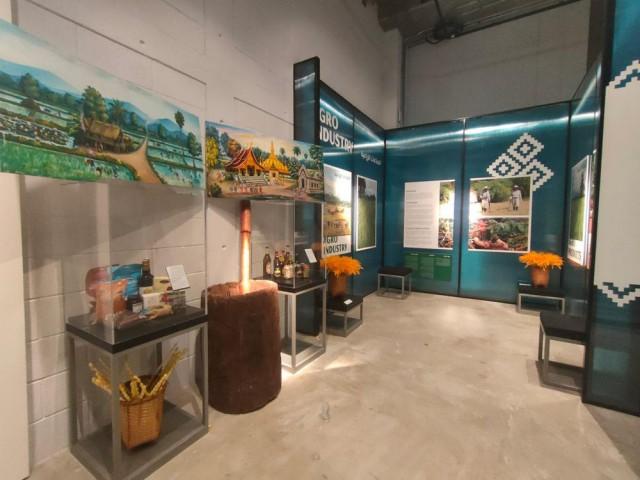
Located at the Expo’s Mobility District, the pavilion of Lao PDR showcases the country’s socio-economic progress over the years and the chief role of its rich natural resources in its key industries.
The history of silk and cotton production and its importance to the country’s development is featured in one of the exhibitions. Through its silk and cotton industries, Lao PDR was able to preserve its cultural heritage while blending both ancient techniques and modern sustainable methods.
Myanmar
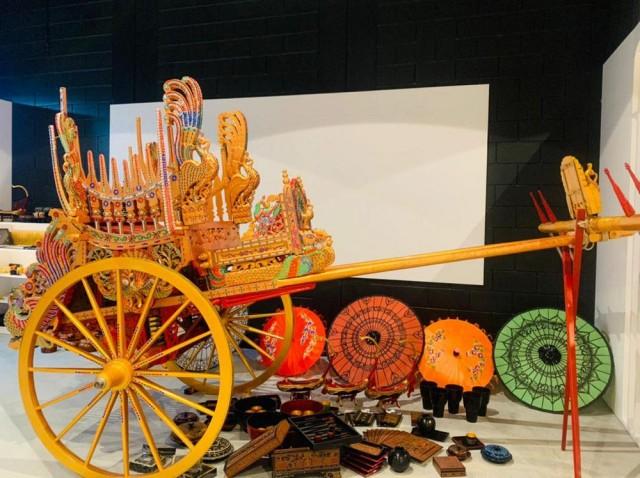
Myanmar’s pavilion offers the country’s rich culture, history, and traditions. Its exhibitions exude calmness as they feature natural attractions, temples, monasteries, and other landmarks.
Designed by a student in West Yangon Technological University, Myanmar’s pavilion showcases the people’s diversity as visitors get the opportunity to enjoy the sight of Burmese treasures, such as murals, embroidery and lacquerware.
Malaysia
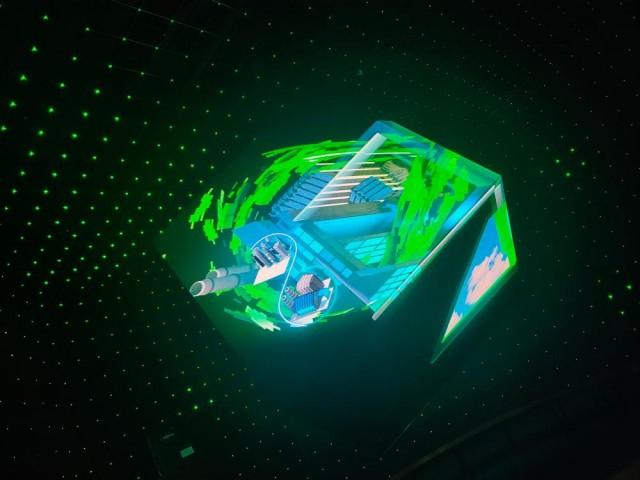
Depicting a rainforest canopy, the pavilion employs four-dimensional effects that bring the visitors deep into Malaysia’s forests. Carrying the theme “Energising Sustainability,” the net zero carbon of Malaysia seeks to send the message of the nation’s commitment and approaches to sustainable development.
“For millennia, long before human arrival, this land was forest,” the narrator said, opening the pavilion.
“Hundreds of thousands of animals and plants thrive in this lush space, playing a vital role in the global carbon and water cycles, making the Earth habitable planet and making Malaysia the twelfth mega-biodiverse country in the world,” he said.
Visitors were told that at the Rio Earth Summit in 1992, Malaysia boldly pledged to maintain at least 50% of its landmass as forest and tree cover. Three decades later, Malaysia’s forest stands at 55.3% providing vital green lungs for the world.
“We have kept our promise. This is a bold contribution for a young nation to halt biodiversity loss and reverse global warming,” the narrator said. Video clips of Malaysia’s flora and fauna showing on the screen.
Apart from its commitment to the environment, Malaysia’s pavilion also featured its remarkable technologies and thought-provoking innovations.
Singapore
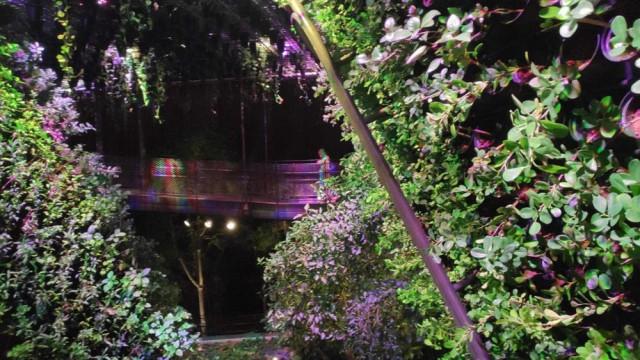
Visitors can enjoy the wonderful blend of nature and city in Singapore’s pavilion, a three-dimensional green space flanked by forest trees, capped with a spectacular Hanging Garden. Walking along its undulating landscape with sight and sounds of nature allows the visitors to experience Singapore’s natural heritage and innovative urban solutions.
Themed “Nature. Nurture. Future,” Singapore’s pavilion showcases the country’s reputation as “a highly liveable city in a garden.” Some 85% of the population lives in high-rise public housing, with 8 in 10 homes located within 10 minutes’ walk from a park.
One of these parks is the Singapore Botanic Gardens, which is Singapore’s first UNESCO World Heritage Site.
Thailand
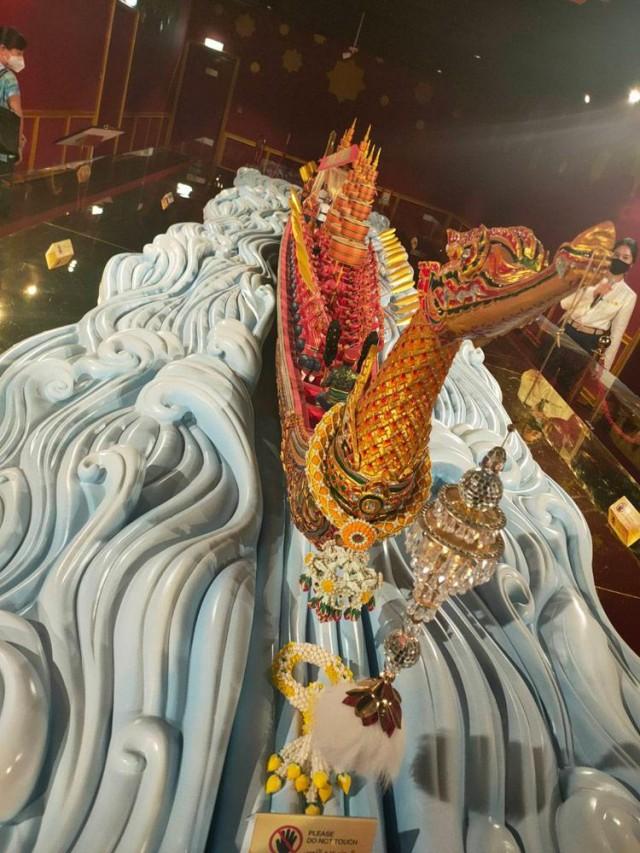
Thailand’s spectacular exhibitions on the country’s rich cultural and natural heritage, advanced infrastructure and innovations, and its people, astound visitors who line up to get into the country pavilion.
Featuring the meeting of state-of-the-art technology and traditional charm, the Thai pavilion animated 3D guides Rak and Mali, give visitors a tour of the halls designed under four themes— transportation, logistics, digital connectivity, and personal mobility. Rak and Mali begin the tour by spotlighting Thailand’s natural riches, and alluring visitors with a curtain of 500-plus intricately woven floral accents.
Vietnam
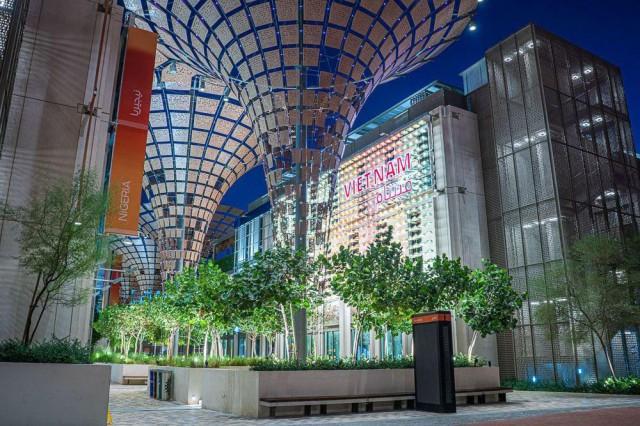
Located at the Opportunity district, Viet Nam’s pavilion displays the nation’s rich natural and cultural heritage, showing how the country can be where traditions and modernity meet.
Interactive exhibitions feature the country’s history and traditional art and draw you in to see more of its natural attractions through virtual reality technologies. At the crossroads of nature and culture is Viet Nam’s unbreakable bond with rice, which is grown in paddies across the country.
“It is inspiring to see how the ASEAN Member States ingeniously put together their cultural and natural riches and create unique spaces for the world to see and experience,” ACB Executive Director Theresa Mundita Lim said, noting that member states tapped scientists and experts in the design and content of their pavilions.
Visit Asean.org to take a virtual tour of the pavilions of the ASEAN Member States. — LA, GMA News
The writer is a public relations specialist of the ASEAN Centre for Biodiversity, an intergovernmental organisation that facilitates cooperation and coordination among the ten ASEAN Member States (AMS) and with regional and international organisations on the conservation and sustainable use of biological diversity, and the fair and equitable sharing of benefits arising from the use of such natural treasures.



